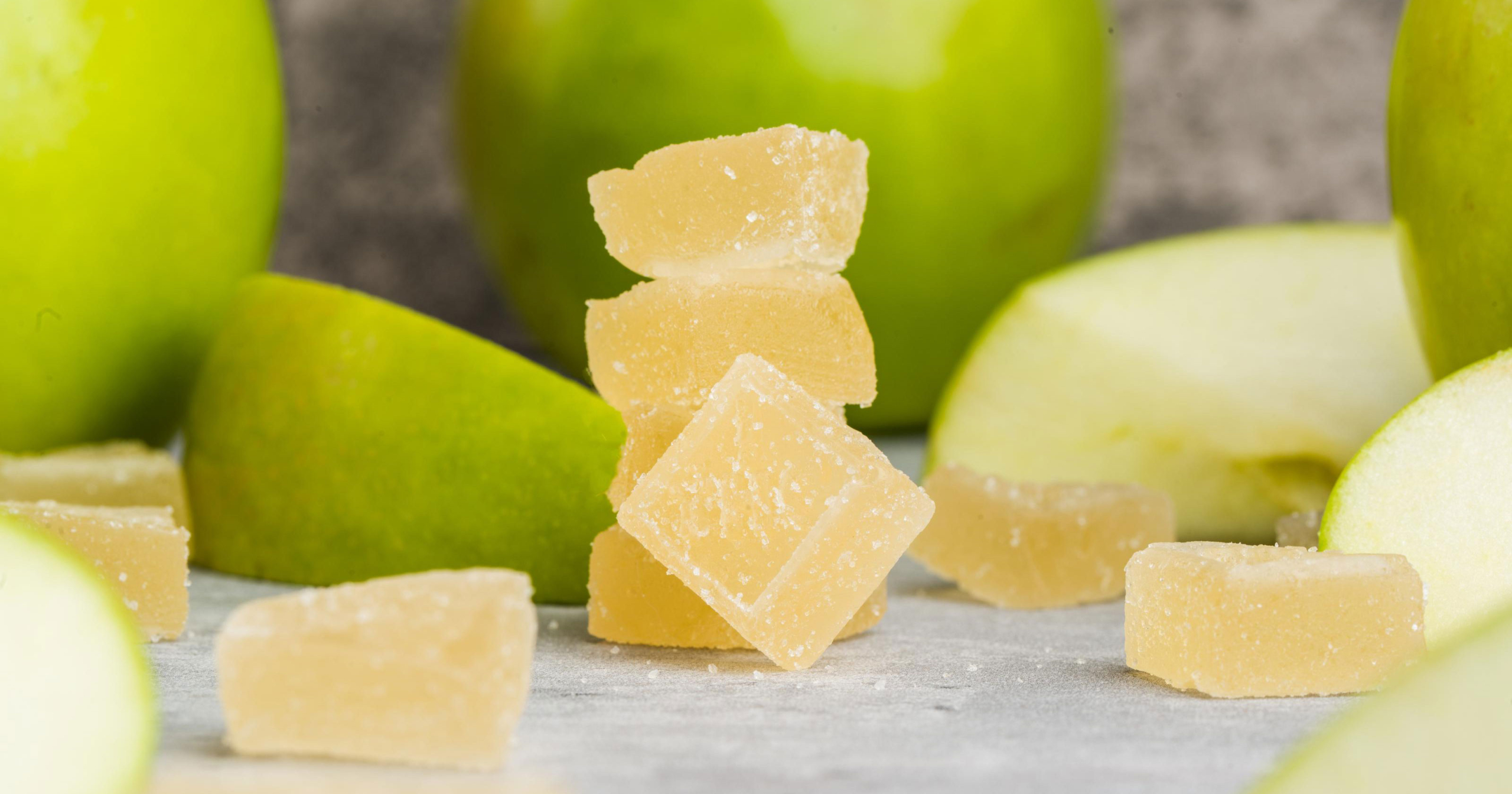
When it comes to edibles, there are varied dosing methods, and we’re not just talking about choosing between cookies and brownies. Edible cannabis products can be ingested orally, meaning they are swallowed, or sublingually, where they are held under the tongue for direct absorption into the bloodstream.
If you are experiencing chronic pain, exploring the potential therapeutic advantages of cannabis may assist in alleviating your condition. However, it’s important to note that obtaining a medical marijuana card is a legal requirement for using medical marijuana. You can obtain your MMJ card by contacting a Medical Marijuana Doctor in Parkersburg.
Typically, food items containing cannabis are designed for oral dosing. On the other hand, sprays, tinctures, and oils can be used sublingually or orally. Some companies are even creating specialized sublingual cannabis strips.
The chosen method of delivery can influence the speed at which the effects of cannabis set in, how long they last, and their overall intensity. Sublingual dosing provides a rapid onset, shorter duration, and milder effects compared to traditional oral cannabis edibles. Additionally, it offers a discreet and smokeless experience.
Sublingual administration is a method commonly used for delivering various pharmaceuticals, with Ativan being one of the well-known examples, especially for addressing acute anxiety. In this approach, the active substance is placed under the tongue and kept there until the tablet or strip dissolves. Buccal administration is a related method where the active substance is held against the cheek.
The area beneath the tongue (as well as the cheeks) can effectively absorb various active substances into the bloodstream. This mechanism is akin to inhalation methods, which enable active compounds to enter the bloodstream through the lungs, resulting in a rapid onset of action. It’s essential to emphasize that when using the sublingual route, the substance should be held beneath the tongue, not on it, and for a sufficient duration to allow its active compounds to dissolve into the bloodstream.
For sublingual dosing of cannabis, individuals typically employ products specifically designed for this method, such as sprays, tinctures, oils, or sublingual strips. While these products can also be ingested orally if swallowed, some people prefer to hold them under the tongue briefly and then swallow them to maximize their effects.
The pharmaceutical cannabinoid medication Sativex, for instance, is administered sublingually via a spray. Sprays, tinctures, and oils may also have an oral absorption route when swallowed. Certain individuals prefer to place a product under their tongue and then ingest it to maximize its effectiveness.
Traditional cannabis edibles, which encompass foods and beverages infused with cannabinoids, are typically ingested and processed orally. This means that individuals swallow the cannabinoids, and these compounds are subsequently absorbed in the intestines and metabolized by the liver.
Many individuals report that the effects of edible cannabis are more pronounced compared to inhalation methods. Researchers attribute this heightened experience to the fact that when THC is consumed through edibles, it undergoes a conversion into 11-hydroxy THC, which is known for its particular efficacy in crossing the blood-brain barrier. This conversion leads to a more intense and potent psychoactive high. In a 2016 review of cannabis edibles, 11-hydroxy-THC was described as a potent psychoactive metabolite, especially when contrasted with delta-9-THC, the form of THC typically experienced by cannabis consumers through smoking, vaping, or sublingual absorption.
“11-OH-THC is a more potent compound compared to Δ9-THC and is found in higher concentrations in the bloodstream when Δ9-THC is taken orally rather than through inhalation. Consequently, it may account for the more pronounced and prolonged drug effects associated with edibles when compared to equivalent doses of smoked cannabis,” as explained in the review.
For some individuals, 11-hydroxy-THC provides a means to extend the duration of cannabis effects without the need for additional consumption. However, for others, these effects might be overly intense and undesirable.
Edibles that are consumed orally take a significant amount of time to take effect, as they must undergo digestion and processing within the gastrointestinal system before entering the bloodstream. If you’ve recently eaten a substantial meal, the onset of cannabinoid effects may be further delayed, potentially taking up to 90 minutes or even longer before you begin to feel their effects. Additionally, the duration of the effects of edibles tends to be more prolonged when compared to inhalation methods and even longer when compared to sublingual administration.
Sublingual administration offers a discreet, rapid, and smoke-free choice for both recreational and medicinal cannabis users. It may particularly appeal to those seeking an alternative to edibles, with a shorter duration and faster onset of effects.
However, there are drawbacks to sublingual administration. Users need to invest in specialized products like sprays, tinctures, oils, or sublingual strips designed for this method. They also have to endure holding the substance under their tongue for a certain duration, which can be uncomfortable if they dislike the taste.
Ultimately, traditional oral cannabis edibles are a simpler option for consumption. Nevertheless, for individuals seeking a smoke-free experience without the potential for a prolonged and intense high, or those in need of rapid effects, sublingual administration may perfectly fit the bill.
If you are someone seeking to use cannabis for medical reasons, obtaining a medical marijuana card is a crucial step. The good news is that you can also apply for a medical marijuana card online from the convenience of your home.
Copyright © 2023 California Business Journal. All Rights Reserved
Innam Dustgir's journey from freelancing to becoming the CEO of three highly successful IT companies…
California has a big vision for the future of clean energy. This year, renewable energy…
The loss of a tooth can affect more than just your smile—it can impede on…
Imagine a young mother of two suddenly loses her husband in a tragic accident. The…
California, known for its diverse economy and thriving tech industry, is a hotbed for innovation.…
As a violinist, I can't stress enough how crucial a top-notch case is in the…